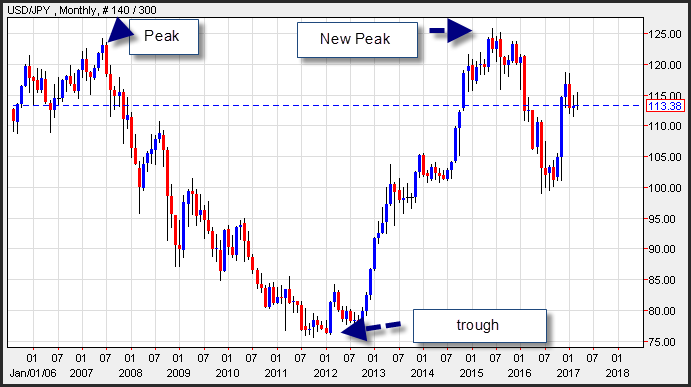
Level III 2013 Volume 5 Alternative Investments, Risk Management, and the Application of Derivatives. The Calmar ratio is determined by taking the investment fund’s estimated annual rate of return, usually for a three-year term, and dividing it by its maximum drawdown. Maximum drawdown is the largest difference between a high-water and a subsequent low. "Drawdown, in the field of hedge fund management, is defined as the difference between a portfolio’s maximum point of return (known in industry parlance as its “high-water” mark), and any subsequent low point of performance. Its biggest advantage over the Sharpe ratio is that by construction it takes into account all statistical moments, while the Sharpe ratio only considers the first two. if the above hedge fund is worth $100M on Jan 1, Feb 1, March 1 (before withdrawal), and then $80M, and worth $55M on Apr 1, $53M on May 1, $50M on Jun 1 then maximum drawdown = $80M - $55M = $25M/month. Omega ratio another kind of risk-return performance metric. dd r.div (r.cummax ()).sub (1) The max drawdown is then just the minimum of all the calculated drawdowns. Right?įollowing passage makes it seem like it’s the rate of return. r returns.add (1).cumprod () At each point in time, the current drawdown is calcualted by comparing the current level of the return index with the maximum return index for all periods prior. Return over maximum drawdown is the average return in a given period for a portfolio, expressed as a proportion of the maximum drawdown level. Hedge fud value is $50M on June 1 (low point for the year.) So maximum drawdown = $30M. A drawdown is defined as the accumulated percentage loss due to a sequence of drops in the price of an investment. Perpetual Withdrawal Rate (PWR): it's the percentage of portfolio balance that can be withdrawn at the end of each year, while retaining the inflation adjusted portfolio balance ( percentage withdrawal).I had always assumed that “drawdown” refers to the level of assets (after making allowances for inflows and outflows beyond the manager’s control.).Safe Withdrawal Rate (SWR): it's the percentage of the original portfolio balance that can be withdrawn at the end of each year with inflation adjustment, without the portfolio running out of money ( dollar amount withdrawal).Months: number of months with positive/negative return.

Rolling Returns: returns over a time frame (best, worst, % of positive returns).A maximum drawdown is the maximum observed loss from a peak to a trough of a portfolio before a new peak is attained. Maximum Drawdown: a drawdown refers to the decline in value from a relative peak value to a relative trough.It is calculated by subtracting the portfolios lowest dollar value from its peak. Months : number of months with positive/negative return. Maximum drawdown measures the maximum loss of a portfolio from its peak value. Lets say we wanted the moving 1-year (252 trading day) maximum drawdown experienced by a particular symbol. Rolling Returns : returns over a time frame (best, worst, of positive returns). 5 Answers Sorted by: 28 You can get this using a pandas rollingmax to find the past maximum in a window to calculate the current day's drawdown, then use a rollingmin to determine the maximum drawdown that has been experienced. It's a modification of the Sharpe Ratio (same formula but the denominator is the ETF downside standard deviation). A maximum drawdown is the maximum observed loss from a peak to a trough of a portfolio before a new peak is attained. The sport, also called in-line street skating, had. Katy Viola catching air while aggressive skating at a skate park at Venice Beach in Los Angeles. Sortino Ratio: another measure of risk-adjusted performance of the ETF. Like other ’90s trends, it has emerged again.The risk-free rate here considered is the 1-3 Mth T-Bill return. It's calculated by dividing the excess return of the ETF over the risk-free rate by the ETF standard deviation. We have to distinguish between maximum drawdown and average drawdown. The higher the drawdown is, the riskier your model is. Sharpe Ratio: it's a measure of risk-adjusted performance of the ETF. What is Return / Drawdown ratio A good way to evaluate the risk of a portfolio Return / Drawdown Ratio Drawdown is a measurement of risk.Standard Deviation: it's a measure of the dispersion of returns around the mean.Annualized Portfolio Return: it's the annualized geometric mean return of the ETF When evaluating managers or strategies, investors pay close attention to the maximum drawdown, which is the largest peak-to-trough return over the life of an.


 0 kommentar(er)
0 kommentar(er)
